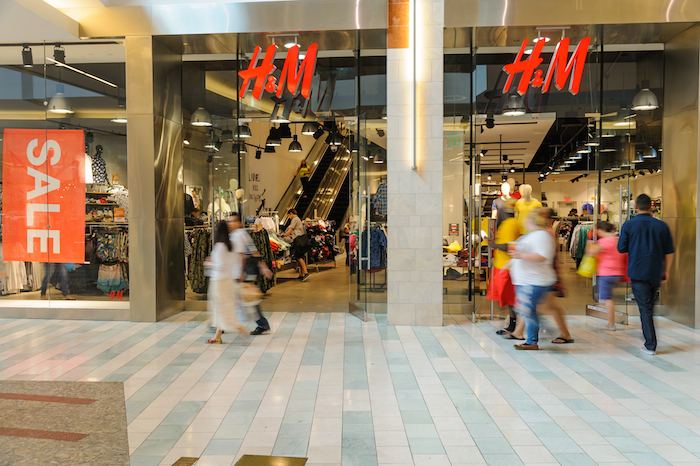Yuan devaluation good for US retailers, bad for exporters
Alan M. Field | Aug 29, 2015 10:11AM EDT

China’s devaluation of the yuan may not kick off a currency war around the world, but it’s already triggered similar moves in Asia, and that’s potentially great news for U.S. retailers, the dominant importers of U.S. containerized products such as apparel, footwear and furniture.
A week after the Asian giant acted on its currency, Vietnam reacted by doing the same to the dong, and other Asian countries could follow suit. “This could definitely be a very positive development for retailers who are importing from China or Southeast Asian countries whose currencies are being devalued,” said Jack Kleinhenz, chief economist for the National Retail Federation, which represents some 14,000 U.S. retail companies, restaurants, grocers, e-tailers and others. Prior to the yuan’s devaluation, China’s currency was very expensive relative to other countries in region, such as Indonesia, Cambodia and Thailand, he said.
On the downside, U.S. exports to Europe and China “carried us through the first part of our recovery a few years ago,” Kleinhenz added. “Retailers exported the luxury brands, and found some really good years. Now they are seeing speed bumps, especially with foreign purchasers and particularly in China, including brands that really have had an attraction for buyers” such as Coach and Tiffany.
China also buys about $25 billion in beef, nuts, pork, wine and other agricultural and food products from the U.S. each year, products that now will become less affordable to some Chinese consumers. The cheaper yuan also could reduce U.S. exports of machinery and equipment to that country.
In theory, a cheaper yuan “should improve the profitability of U.S. retailers,” because they will need fewer dollars to buy the same quantities of Chinese goods, Kleinhenz said, before noting the headwinds on this side of the Pacific. “The challenge is that there is deflationary pricing going on in retail. U.S. consumers are
very discount-oriented, and promotion-oriented,” making it harder for retailers to pass on the higher margins to consumers. “Consumers are struggling, in some cases, with lower wages, so to try and pass on the benefit of these lower input costs is very much a challenge.”
very discount-oriented, and promotion-oriented,” making it harder for retailers to pass on the higher margins to consumers. “Consumers are struggling, in some cases, with lower wages, so to try and pass on the benefit of these lower input costs is very much a challenge.”
Even before China devalued the yuan, the NRF lowered its retail sales growth forecast for 2015 to 3.5 percent from its earlier estimate of 4.1 percent, because of weak demand and the slow pace of wage growth in the U.S.
Retailers, Kleinhenz said, have become more expert and agile in adjusting their supply chains to changes precipitated by currency evaluations and other surprises. “The mom-and-pop firms may be a lot more exposed, but by and large, we have learned from the past.”
Whereas retailers used to need five or six months of lead time when ordering from China, “that has been winnowed down considerably.” Retailers still need enough lead time to get a better deal on the products they order, “but in some cases, we’ve seen a turnaround that can be less than six weeks,” although such cases may involve using air freight.
“Our retailers have become more astute at gauging their inventory needs,” Kleinhenz said. “With the aid of online inventory management tools, they can adjust more quickly to abrupt changes in consumer tastes, so “they are tracking this much more closely than they were 10 years ago.”
No comments:
Post a Comment